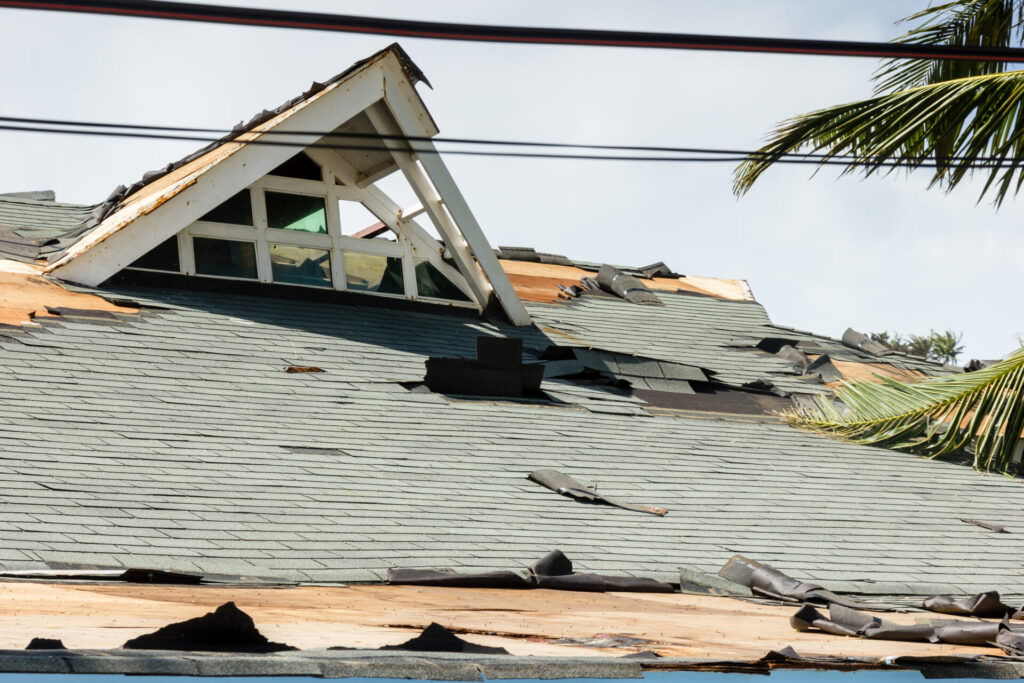Air travelling at high speeds can cause direct and indirect damage to a property’s external structures such as roofs, walls or windows.
Increased temperatures associated with climate change in turn increase the moisture in the air and can change convective forces in storms and the severity of air currents.
Higher temperatures result in higher rates of evaporation from the land and sea. This change in humidity shifts weather patterns and winds.
As temperature and humidity levels rise and fall in new patterns, convective currents also change, bringing stronger and unpredictable winds.
Learn more about how climate change is expected to impact Australian property.
Learn more about how climate change is expected to impact New Zealand property.
Learn more about how climate change is expected to impact property in Canada.
Learn more about how climate change is expected to impact property in America.
Learn more about how climate change is expected to impact property in Europe.
Learn more about how climate change is expected to impact property in the United Kindgom.
Climate Risk Engines looks at how wind patterns are changing and predicts the probability of extreme wind occurring in the future. As convective currents shift with climate change, some areas may be more at risk than others. Properties in areas that have physical hazards such as tall trees and those that have historically experienced extreme wind events are often more at risk.
Areas that have historically experienced strong winds are likely to be impacted.
Physical hazards near the property that may be blown over or broken in the wind (such as trees) can cause blackouts and property damage.


The vulnerability of a property to extreme wind events is determined by the year it was built and the International Building Codes that were present at the time. Older buildings are often not built to withstand intense wind speeds and these buildings also deteriorate over time, leaving them more vulnerable to damage. As performance guidelines have been adjusted, modern home designs are typically able to withstand higher wind speeds.
Climate Valuation looks at the variables of a property (e.g. year of build, materials, and location) to determine the predicted impacts of extreme winds and level of risk. Characteristics like strong foundations and roofing fixtures are key to a wind-resistant building.
Find out the risks to your property with a FREE site check
< Insert search bar >
Website developed by The Marketing GP